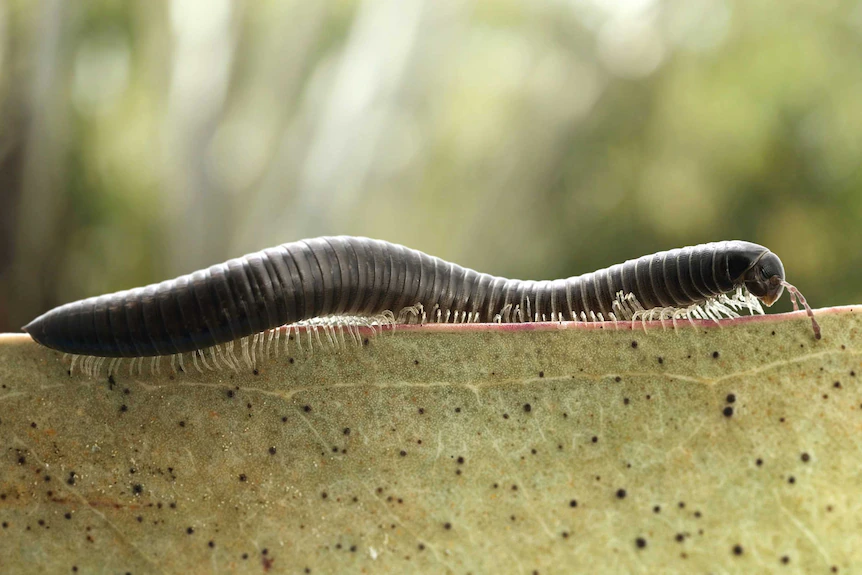
The largest class of myriapods are millipedes, which are arthropods having 2 jointed legs pairs on most body segments. Diplopoda contain about 12,000 identified species that are divided into 16 orders and 140 families. Slow-moving detritivores known as millipedes consume rotting leaves and other types of dead plant material. Some may develop into pests in the home or garden.
Captive Care When Keeping as Pet
Habitat size
For millipedes, it is advised to use a suitable habitat, such as a 5 to 10 gallon glass tank, with a screen mesh lid attached securely with metal clips to prevent escape.
Constructing your habitat
- Hideaway: Provide a hiding place for your millipede so that it can feel safe.
- Substrate: Millipedes may dig in a variety of substrates, including moistened sphagnum moss, bark, and eco-earth.
- Lighting: Keep the habitat out of direct sunlight because millipedes sleep during the day and dislike hot, bright lights; instead, use a low-wattage red or blue bulb to watch your millipede’s nocturnal activities undisturbed.
Clearing your environment
If hosting more than one millipede, clean and disinfect the habitat every week or at least once every other week:
- Put the millipede in a safe environment.
- Clean the tank and the interior with 3% bleach solution or a reptile-safe environment cleaner.
- Thoroughly rinse with water to get rid of any remaining habitat cleanser or bleach odor.
- Dry the tank and furniture before reintroducing your millipede to its environment with fresh substrate.
What Millipedes Consume?
A diet that is well-balanced includes:
- Fruits and vegetables including bananas, romaine lettuce, squash, carrots, apples, and slices of melon and cucumber. Iceberg lettuce shouldn’t be consumed because it doesn’t have adequate nutrients.
- Favorites include apples and cucumbers, although due to the millipede’s weak mouthparts, everything must be cut into slices or peeled.
- Calcium and lime salts will be provided in the form of ground cuttlebone.
When feeding your millipede, keep the following in mind:
- Feed them once a day with enough food to last them through the night.
- Throw away any unfinished fruits and veggies every morning.
- Water: Always keep a shallow dish of chlorine-free water on hand. To prevent the millipede from drowning, insert a sponge or some stones in the dish. If a sponge is used, it needs to be changed frequently due to bacterial growth. Another way to prevent drowning is to use a cricket quencher, which does not develop bacteria over time like a sponge does.
Taking care of millipedes
- Make sure to keep the temperature between 70 and 78 degrees Fahrenheit and the humidity between 60 and 70%.
- Avoid handling millipedes and always wash your hands after handling them.
- Never let a millipede’s excretion contact your eyes, mouth, or any open wounds.
What stores sell millipedes?
You may buy millipedes at your neighborhood Petco Pet Care Center. For availability, kindly give us a call in advance.




